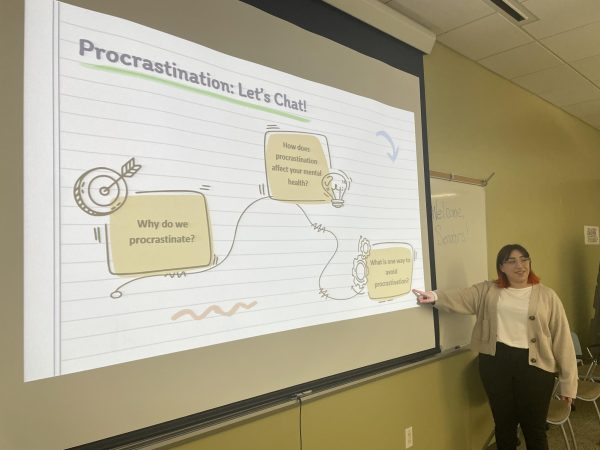Starbucks’ new business model turns ‘Coffee Culture’ upside down
Coffeehouses are transforming into gas stations for caffeine.
Cafes of Europe from the 16th through 19th centuries are historically known to have been the gathering places of artists and intellectuals, and more than one revolution has seen its genesis fueled, at least in part, by elevated levels of caffeine.
Coffeehouses of mid-20th century America were the haunt of poets, students, and counterculturalists. Literary iconoclast and Beat Generation pioneer, Jack Kerouac, wrote On the Road over a period of three weeks hopped-up on coffee (among other things).
Then came Starbucks. Starbucks made coffee widely accessible, creating a new coffee culture that was both ubiquitous and homogeneous. Starbucks became the Mcdonald’s of coffee. Thanks to Starbucks, the population of the coffeehouse that most of the world is now familiar with shifted from counterculture to definitively mainstream. Business people conducting informal meetings, students taking advantage of free wifi, friends just hanging out; coffee culture has evolved and become commercial.
This trend away from coffee’s edgier origins is sad, but Starbucks’ seemingly new direction is alarming. Coffeehouses are transforming into gas stations for caffeine.
Automobiles require gasoline to function. Drivers go to gas stations only when they need more gas. There are other products, like food, offered at a gas station, but no one hangs out to eat or drink there. Everyone (who can drive) goes to them, but they are not social places.
People need coffee to function. They go to a Starbucks drive thru on the way to work/school. There are other products, like food, offered, but no one hangs out to eat or drink there, the layout discourages that. These are not social places.
This seems to be the template that new Starbucks locations are following. Case in point, the Starbucks formerly located on the Southwest corner of Beverly Boulevard and Workman Mill Road, just up the street from Rio Hondo College in Whittier, had a sizable (but crowded) parking lot and a variety of indoor and outdoor seating.
From informal lounging to ten person communal tables, this place could handle virtually any reasonably sized group. This location closed earlier this year and was replaced by a drive thru Starbucks with no indoor seating, a walk-up service window, outdoor bathrooms requiring an entrance code, and virtually non-existent parking.
Starbucks has realized that the take-out component of their customer base has exceeded the dine-in faction. Coffee has become a consumer commodity directly comparable to gas. It makes perfect sense, at least on paper, to reduce expenditure in areas that are not deemed essential, thereby effectively increasing net profits. But what of tradition, is conventional “Coffee Culture” to become a relic of our past? Can coffee really lose its social function?
There are other choices for the caffeine junkie. It may take a bit of searching, but many local communities have mom and pop type independent coffeehouses just waiting to be discovered. Forkingood Cafe on Greenleaf Avenue in uptown Whittier serves up a satisfying espresso and a variety of simple breakfast and lunch fare that they offer up as “Modern American Dining.”
If you value the consistency of a cup of Starbucks coffee, there are plenty of the older Starbucks still around, but most will eventually be renovated into the drive thru variety. Hanging out at Starbucks is on borrowed time.






